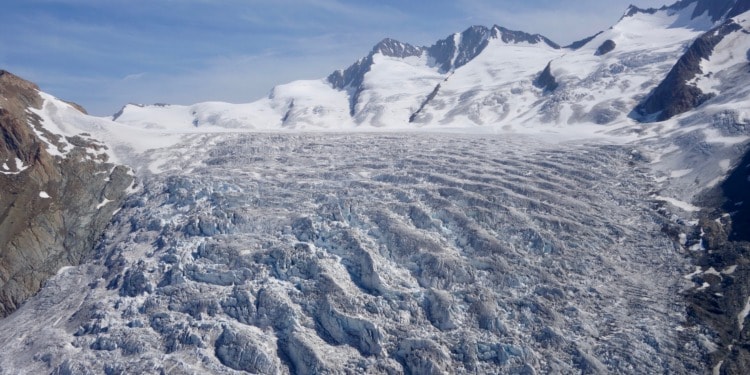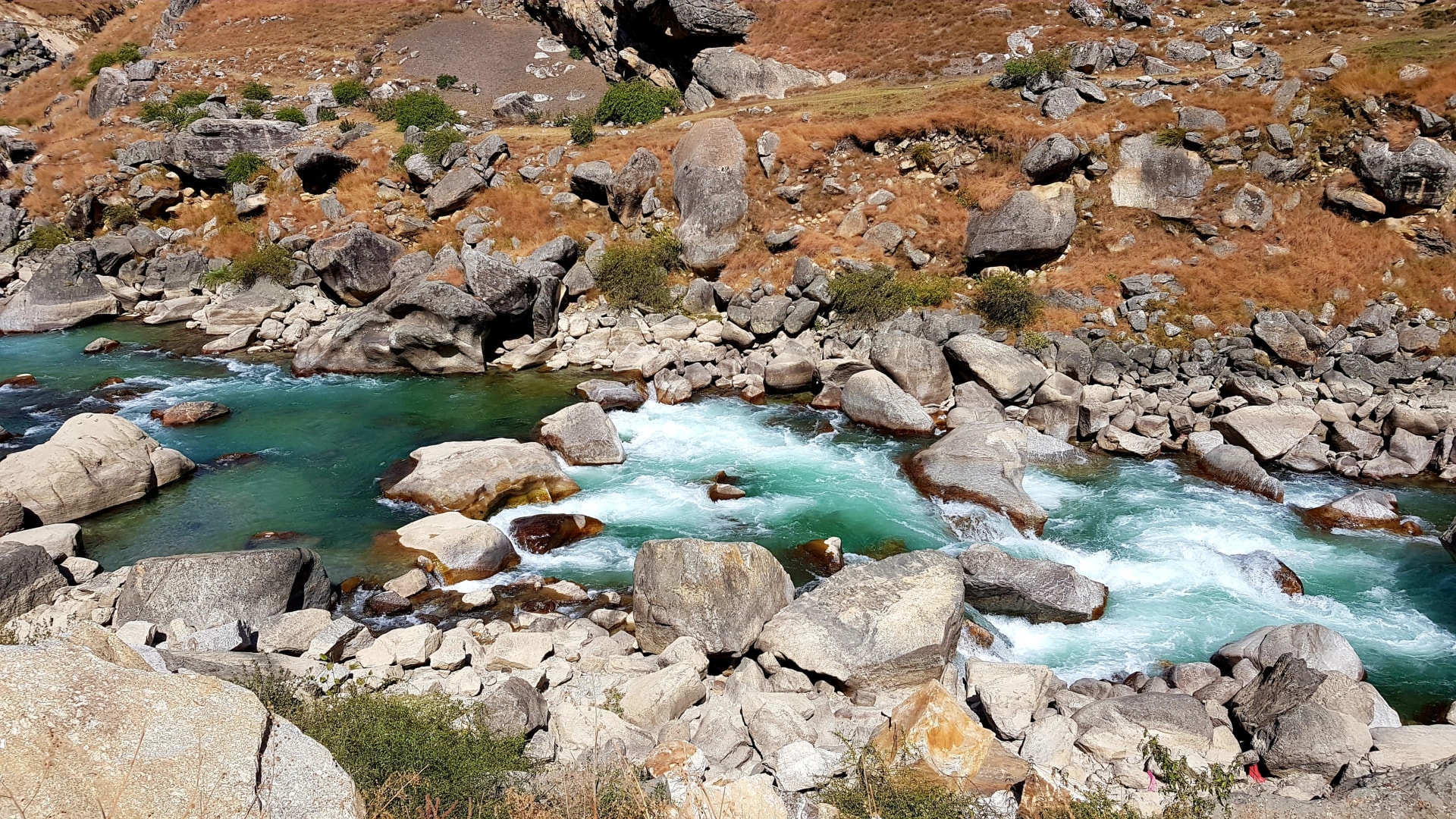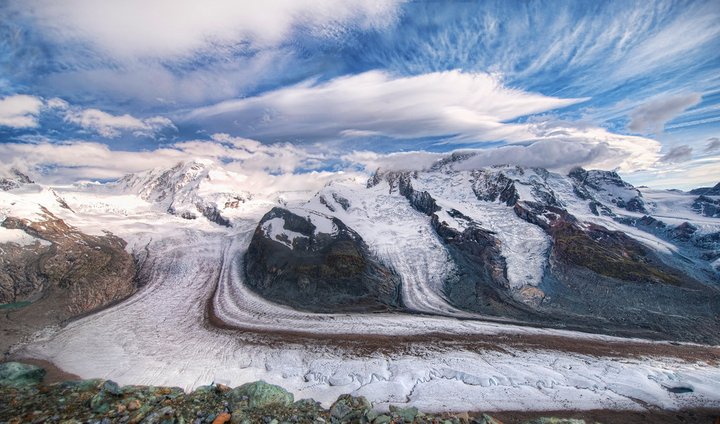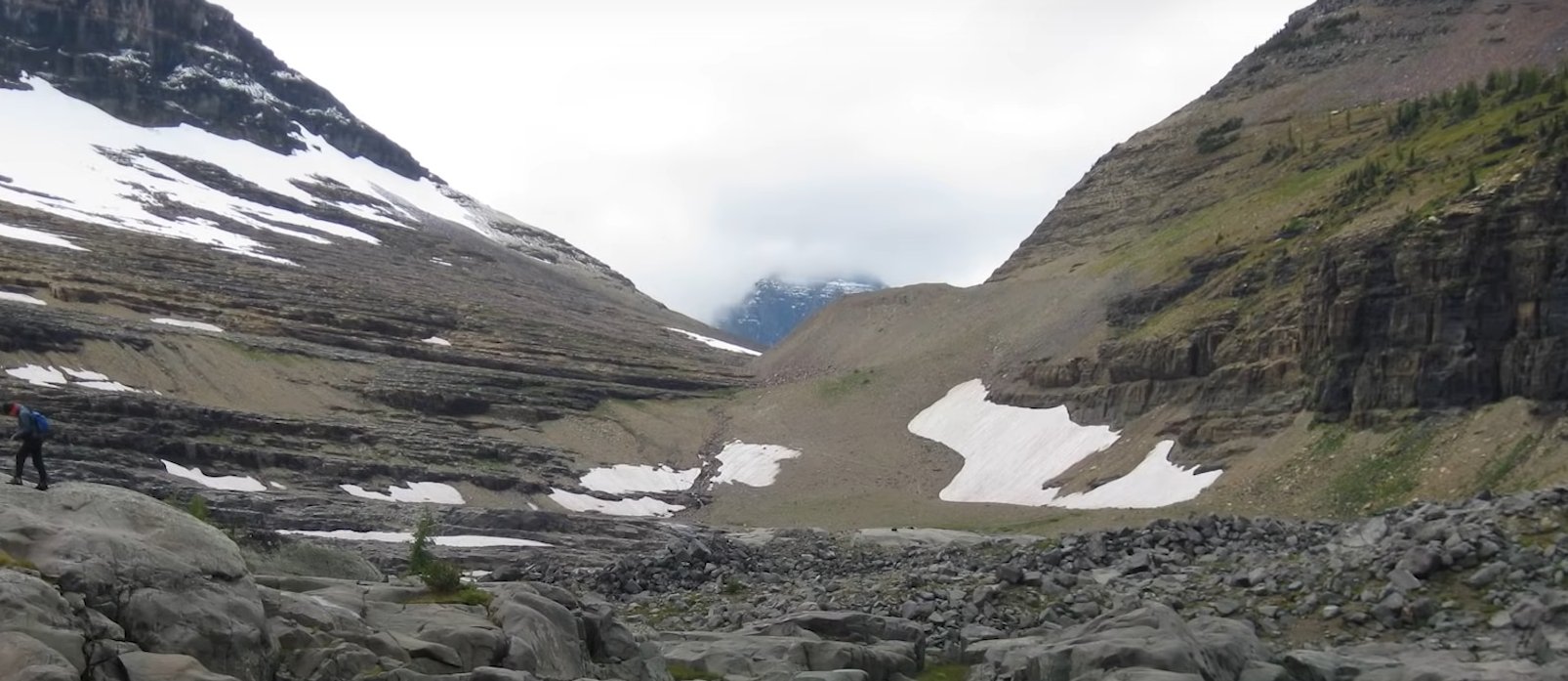A new study has found that over the last two years, the country has lost as much ice as it did between 1960 and 1990 — a thirty-year period.
“Swiss glaciers are melting at a rapidly increasing rate,”
— Swiss Academy of Sciences.
To give further perspective, up until now years with an ice loss of more than 2% were described as “extreme.” In the last two years combined, the figure is 10%.
It was also found that over 2023 so far, there has been a 4% ice loss — the second-largest decline since measurements began. Many smaller glaciers are disappearing completely, leading to hazards such as rock slides.
Although glacier loss is happening globally, the Alps seem to be particularly badly hit, with some even projecting that glaciers in the Alps could disappear by the end of the century.
Matthias Huss, head of Glacier Monitoring in Switzerland commented: “The losses we’ve seen in 2022 and 2023 are simply mind-blowing and beyond everything that we have experienced so far.”
Why is this happening?
There has been a lack of snowfall in recent winters closely followed by extremely hot summers. However, scientists are in agreement that this is not the normal pattern for Swiss weather and they point to climate change and the burning of fossil fuels as the cause for this dramatic rate of ice loss.
One clear indicator of this is the elevation at which freezing starts which keeps rising. The Swiss weather service has found that in August of this year, it hit a high of 5,289 metres far exceeding last year’s record of 5,184 metres.
Why are glaciers important?
Jean-Baptiste Bosson, a glaciologist who teaches at the University of Lausanne, puts it this way:
“Glaciers are keystones of Life on Earth. As giant freshwater reservoirs, they support the planet’s life systems and influence our day-to-day lives, even for communities who live far away from them. However, glaciers are disappearing. The disappearance of glaciers makes visible the invisible. It makes tangible the current climate change that can be hard to perceive in other ecosystems. The recent evolution of glaciers found in World Heritage sites paints a true picture of their decline in a warming planet.”
Related article: Half of World’s Glaciers Set to Disappear by 2100 – and That’s Probably the Best Case Scenario | How Glacial Melting Threatens Alpine Ecosystems | Could the Rate at Which Glaciers Are Melting Cause the Next Pandemic?
Glaciers are far more than simply interesting geological features, and have an important impact on life on our planet.
Firstly, glaciers are vital to our water supply. They store around two-thirds of the Earth’s freshwater. A good example is the Gangotri glacier in the Himalayan Mountains which supplies the Ganges River, providing water to 400 million people.
Glaciers also play an important part in climate regulation. The bright surfaces reflect excess heat into space, helping to cool the planet and maintain colder temperatures in regions like the Arctic.
Glaciers are also important for the planet’s ecosystems. The water from glaciers melts into lakes, rivers and oceans, bringing vital nutrients to support aquatic ecosystems.
Finally, glaciers can be of great value to scientific research. They can provide vital data on climate patterns and change.
To sum up, glaciers are vital for maintaining a balanced and healthy environment.
What will be the consequences of Glaciers disappearing?
There are several worrying implications of the glaciers melting. Natural disasters such as flooding are a risk. If glaciers melt, large volumes of water will be released into lakes and rivers, leading to flooding. It can also contribute to overall sea level rise, putting coastal communities at risk.
Biodiversity loss: glaciers host various plants and animals whose existence will be put at risk if the glaciers disappear.
Global warming will increase: as less sunlight is reflected into space due to glacier loss global warming will increase, further increasing the problems that are already present.
What can be done?
The main way to save the glaciers from melting completely is to address the issue at its root: climate change. And that requires transitioning to clean energy supplies such as wind and solar, switching to sustainable industry and transport, and promoting the principles of circular economies and recycling.
However, with the speed at which glaciers are disappearing, it remains to be seen if this can be done in time to save these beautiful and vital natural features.
Editor’s Note: The opinions expressed here by the authors are their own, not those of Impakter.com — In the Featured Photo: Aerial image of Ewigschneefeld (Aletsch Glacier), Switzerland, July 19, 2017. Featured Photo Credit: Wikimedia Commons.














